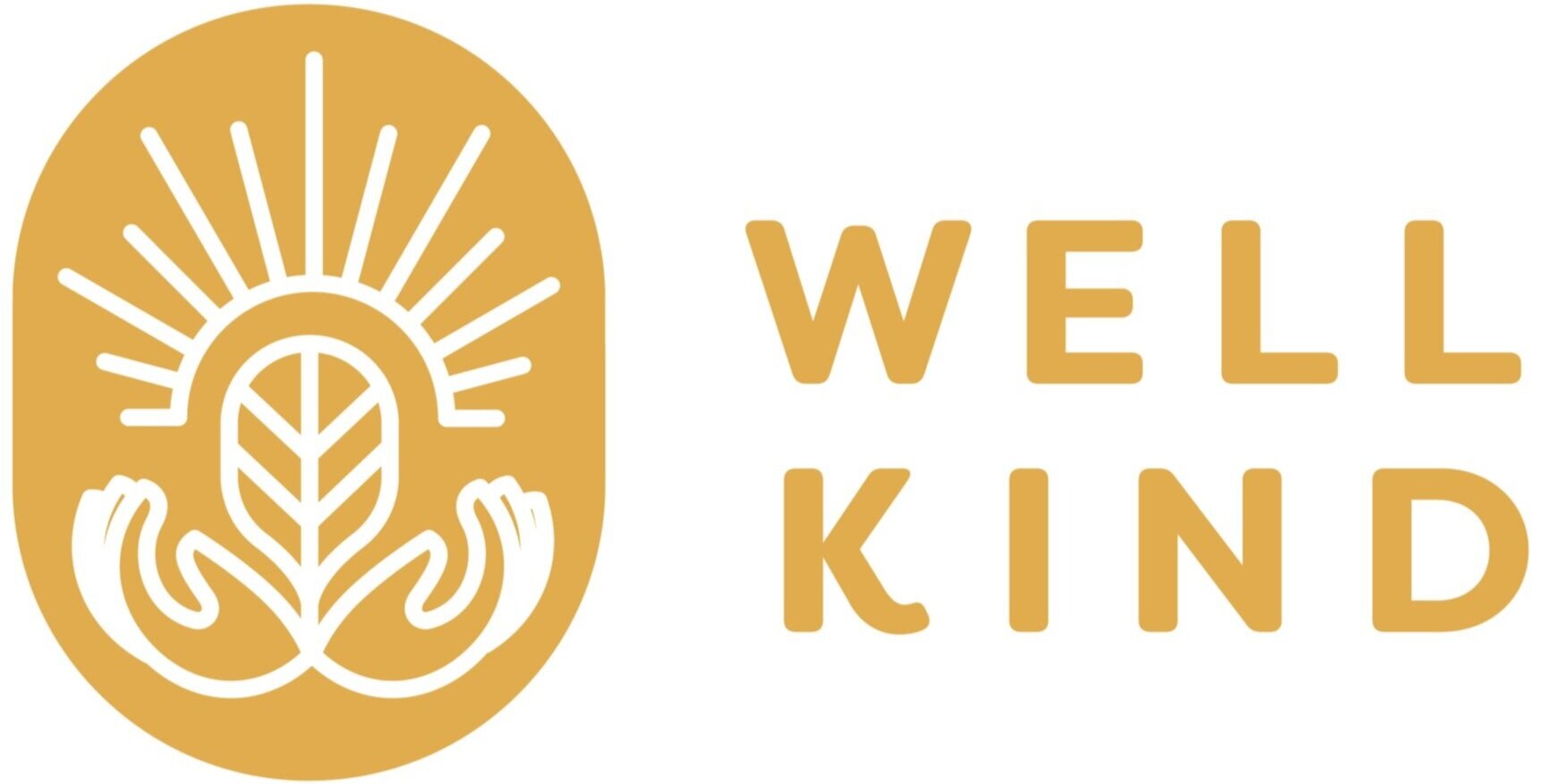It’s Elk Against Cattle in the Point Reyes National Seashore
By Jake Ures, WELLKIND Forestry Intern
Jake Ures was an intern for WELLKIND Forestry during our summer 2021 session, exploring the conflict between ranchers and Tule eElk at the Point Reyes National Seashore and other local environmental issues.
As interns for WELLKIND, we go on a plethora of field trips over the course of our work. One of these field trips was to visit the endemic Tule Elk of Point Reyes. These Tule Elk, although majestic, are in a bloody fight for their lives to secure precious water on their small reserve hemmed in on the coast.
The elk are trapped primarily due to the National Park Service prioritizing the profits of cows over elk. The agency would much rather give land to cattle than preserve the endangered elk. We learned that the land that is given to cattle is rich in resources such as water. A mixture of California’s severe drought this year and a restriction of water availability for the elk has placed enormous pressure on their herds, resulting in the death of over 150 individuals.
Since the beginning, cattle ranchers have had special land privileges in the national park. This national park was founded in conjunction with cattle ranchers because they did not want to upset the pre-existing ranchers that lived in this location. So, striking a deal with them was their course of action. The ranchers continue to rent land in the National Seashore, despite the land being part of a protected national park. This has made cattle ranchers integral to the park, and therefore a powerful bloc in the road to change. This has pitted the economies of profit-motivated cattle ranching against the survival of a species.
What We Explored
Jack Gescheidt, a photographer and activist who is suing the National Park Service for its management of the elk, led us on a tour of the National Seashore. Not only does he have legal ties to the issue, but an emotional one; he gets up close and personal by delivering water to the dying herds.
To get a better sense of the gravity of the situation, we explored the cattle ranches that purposefully hide their operations from the public. We got a glimpse of just how confined the conditions baby cows live in: stuffed inside infinitesimal pens with barely enough room to move.
Jack told us how cows overgraze the land and pollute the waters with their droppings, wreaking havoc on the park’s ecosystem. The land near the ranch was dominated by the apocalyptic colors of brown and dead vegetation, while right across from the ranch was a lush, green, and diverse natural landscape where cattle were not allowed to graze. Simply looking at these two pieces of land show the true character of each: one a beautiful gift and the other a rotten plot.
Jack pointed out the lack of water-rich soil and water resources in conjunction with the National Park’s Service prioritization of money over matter, economics over ecology, and cow over conservation. Given the critical situation of the endemic Tule Elk, Jack and other like-minded supporters drop pales of water to the reserve to make up for the loss of water access.
Just because a group claims to have a certain goal, that does not mean they will abide by that goal. Such as with the National Park’s Service, whose mission is the conservation of wildlife, yet who simultaneously works against conservation.
How to Help
As we learned more about the difficulties facing the Tule Elk at Point Reyes and the complexity of the National Park’s Service work with cattle ranching, we naturally wondered how we can help.
In fact, helping the elk is easy. Simple activism such as speaking about the situation with friends, family, and colleagues will get people's attention. Activism via social media such as Instagram infographics or Facebook posts will make a more permanent reminder of the crisis facing the elk.
Taking the fight straight to the center will lead you to learning that you can provide water resources for the elk, ensuring that they do not suffer another massive die-off from lack of water.
Whatever your method of support is, doing any of this will help, and all of which is easy and available for everyone to do.


